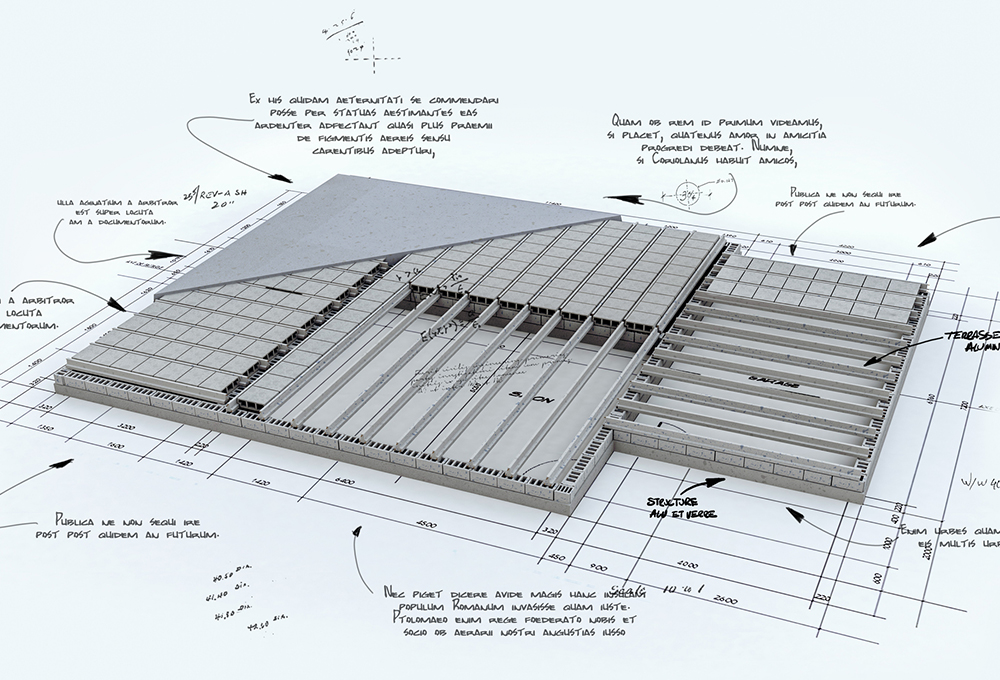
Bring your assets into the digital age
BIM (Building Information Modeling) is revolutionizing the construction sector by offering a digital and collaborative approach to project management. But what about old projects, designed before the BIM era? This is where retro-BIM comes into play.
What is retro-BIM?
Retro-BIM involves converting 2D CAD data and paper documents into 3D BIM models. This helps give new life to old projects by digitalizing them and making them accessible for later use.
Why use retro-BIM?
The advantages of retro-BIM are numerous:
• Improved collaboration: BIM facilitates collaboration between the different project stakeholders, by centralizing all information in a single model.
• Better data management: retro-BIM allows project data to be better organized and stored, making it easier to find and access information.
• Cost Reduction: BIM can help reduce construction costs by optimizing project design and planning.
• Better decision-making: BIM makes it possible to visualize and simulate the project in 3D, which facilitates informed decision-making.
How to do it?
The retro-BIM process can be complex and depends on the nature of the project and the data available.
There are several key steps:
1. Data Assessment: The first step is to assess the available data and determine its quality and format.
2. Data conversion: 2D CAD data and paper documents are then converted into 3D BIM models.
3. Cleaning and validation: The BIM model is then cleaned and validated to ensure its accuracy and completeness.
4. Use of the model: The BIM model can then be used for various applications, such as facility management, renovation, extension or project simulation.
Retro-BIM: an asset for the future
Retro-BIM is a powerful tool that allows you to give new life to old projects. By digitizing data and making it accessible, retro-BIM offers many benefits for owners, architects, engineers and contractors.
In conclusion, retro-BIM is a promising technology that has the potential to transform the way we manage and renovate old buildings. As the construction sector continues to evolve, retro-BIM will be a valuable asset to guarantee the sustainability of projects and meet the challenges of tomorrow.

